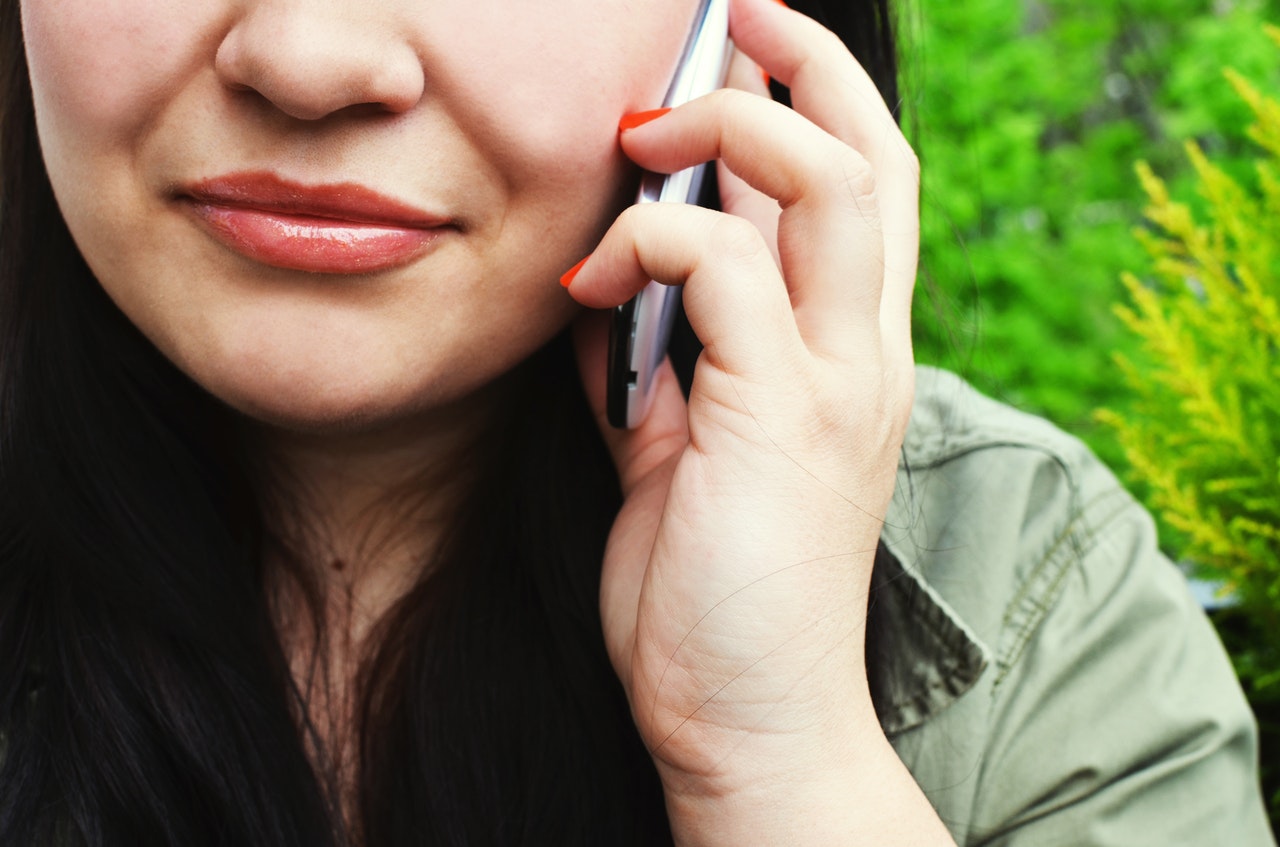If you’re keen to save a little money on your international calls (or even national calls) then it’s tough to beat the humble calling card.
Phone cards are an amazingly simple and cost-effective way to stay in contact with friends and family for as low as a few cents per minute.
But buyer beware, as with most things each phone card provider needs to be scrutinized carefully as not all calling cards are created equal especially when it comes to weird fee charges which we’ll get to in a moment.
In this article you’ll learn what a calling card is, how to use one, and how to buy one without being taken for a ride.
How does a calling card work?
Calling cards use the copper telephone lines that you use when you use your mobile or landline which tends to make them a lot more reliable than their digital counter-parts that rely on a WiFi connection.
This is why the calling card is still popular because virtually everyone (especially people over 50) will have their landline so it’s easy to call them.
Whereas with tools like Skype, Whatsapp etc. they not only need an internet connection but one that is stable and doesn’t drop out.
How to use a calling card in 3 steps?
Once you purchase your calling card either from a newsagent or online seller you just follow 3 simple steps:
Step 1: Call a local access number
A local access number is a traditional phone number located in your current city which connects you to the calling card provider’s network system.
This ‘tricks’ the big telecommunication network provider into thinking you’re just making a local call when in fact it’s a buffer between you and the international number you want to call.
Step 2: Enter calling card PIN number
A PIN number lets the calling card provider know which card is being used and the balance available.
Step 3: Dial the overseas number
The final step is to simply dial the person that you wish to call.
Keep in mind you’ll need to enter in the exit code + country code + area code for the person you want to speak with.
3 Tips When Buying A Calling Card
Tip #1: Ask about admin or hidden fees
A lot of phone card companies will slide in sneaky administration fees that really don’t need to be there – it’s pure profit for the phone card company so avoid cards that have this.
You’ll also want to look for other fees like the following:
Call termination and/or connection fees: these are fees that are deducted from your card once you have either finished a call or begun one. This is one of the most common type of fees and generally carry a lower cost per minute so are ideal for longer calls (40+ minutes) but not recommended for short calls.
Carrier & surcharge fees: these are junk service fees to help “maintain” the phone card carriers and service.
Toll number surcharge: sometimes there won’t be a local access number in your city or town in which case a toll number will be offered this is normal but you’ll want to check to understand what the additional charge per minute will be here.
Payphone Surcharge: if you don’t want to use you mobile phone and don’t have access to a landline than a payphone will be your only other option. This option will often carry slight additional charges.
Tip #2: Call their customer service before you buy
I recommend only using a calling card that is responsive, generally I always go for online phone card retailers because they will have a customer service line that I can call to see how professional they are as well as asking them important questions about their service.
Questions I’ll typically ask are the following:
- Are that their calling cards rechargeable?
- What’s the expiration date?
- If my card expires do I lose all of my money?
- Are there any hidden fees on their calling cards?
- Is there a local access number for my city or town?
- What is the best phone card for making calls to the countries you wish to call?
- What is the cost of calling to mobiles vs landlines?
- Can I use this phone card on my mobile phone or landline?
- How long will it take before I can use my calling card?
Tip #3: Find out the number of carrier line providers they use
Carrier lines are what connect you to the person you want to call.
If the carrier line is rubbish you will get a rubbish connection or no connection at all.
In this case you want to know that if your call is of low quality or does not connect that you can get it swapped/replaced with a new carrier line ASAP.
Good providers will have 10+ carrier lines and will able to switch out the offending carrier line within 30 minutes or at least in that day.

